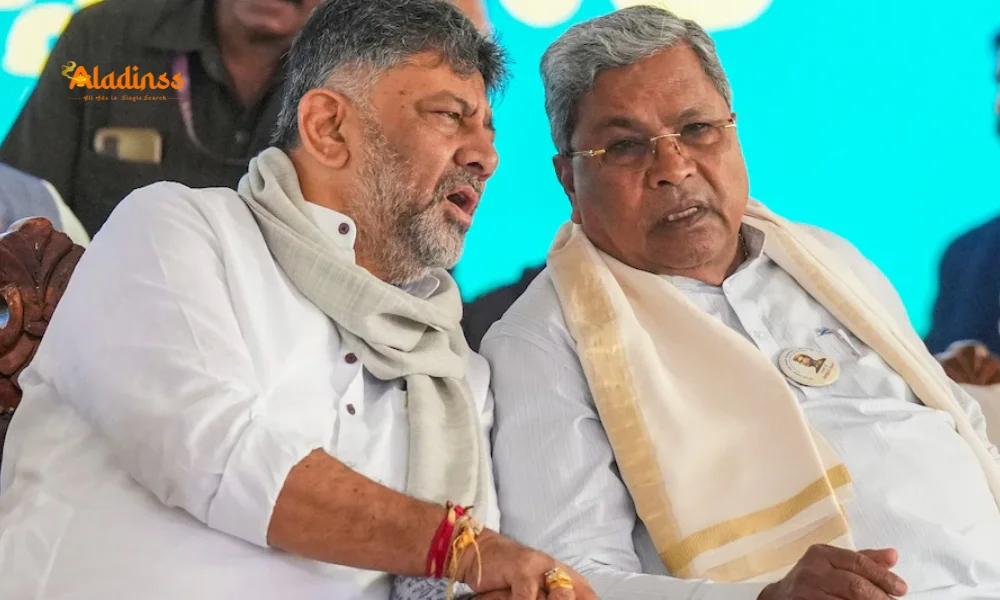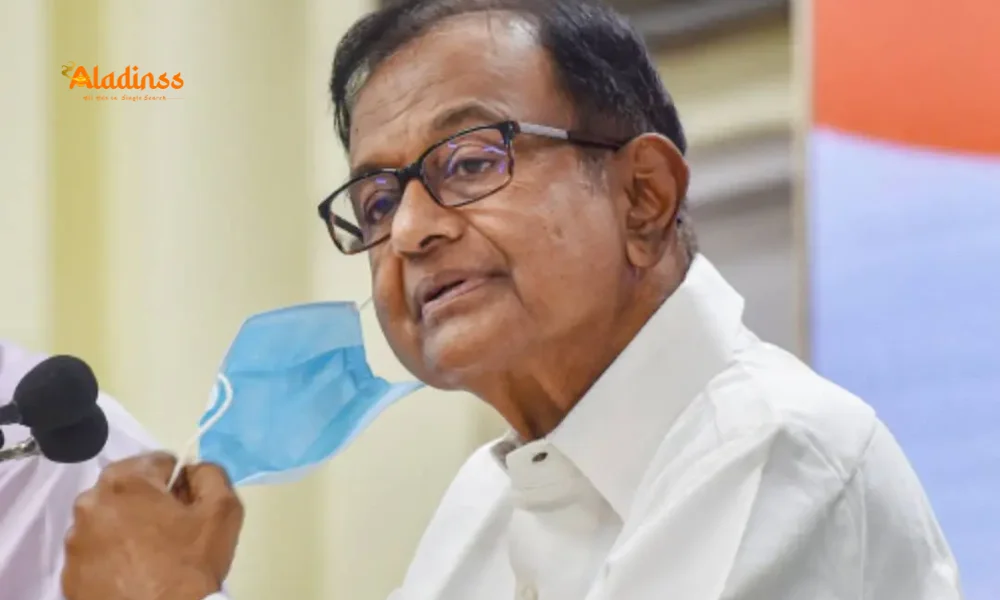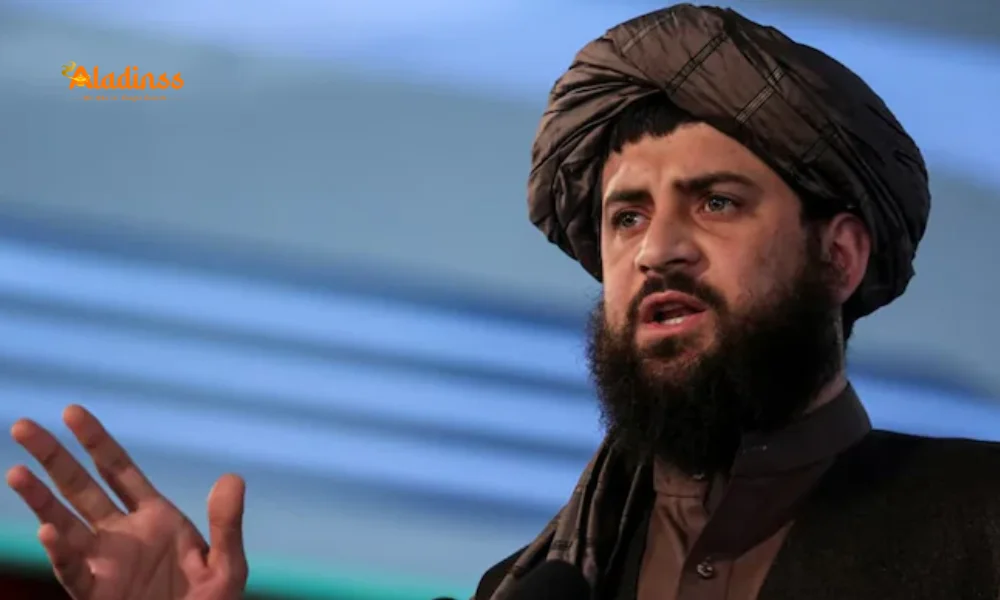New India-US Trade Deal Signed Tariff Cuts, Oil Imports Take a Big Turn
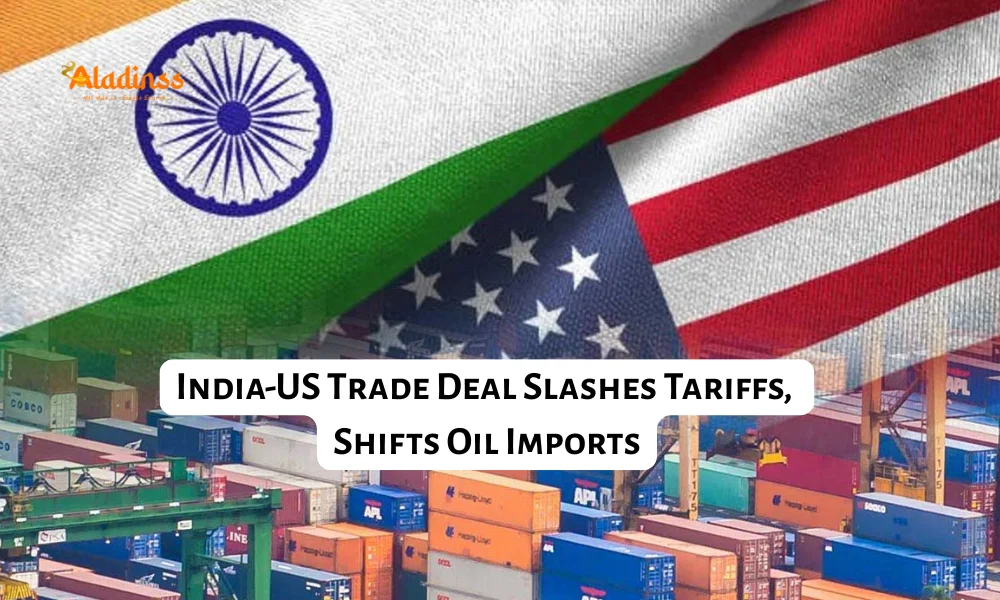
India, US Near Breakthrough Trade Deal, Slash Tariffs to 15-16%
India and the United States are on the verge of finalizing a significant trade deal that could reduce U.S. tariffs on Indian imports from 50% to 15-16%, according to sources cited by Mint. This landmark agreement, centered on energy and agriculture, may see India gradually reduce its reliance on Russian crude oil imports, which currently account for 34% of its oil supply. The deal aims to strengthen bilateral trade ties, with discussions between U.S. President Donald Trump and Indian Prime Minister Narendra Modi focusing on trade and energy cooperation.
The proposed trade agreement, expected to be announced at the ASEAN Summit in October 2025, could reshape India’s import strategy, including increased access for U.S. non-GM corn and soymeal. This development comes amid heightened geopolitical tensions, with the U.S. pushing India to curb Russian oil purchases as a condition for tariff reductions.
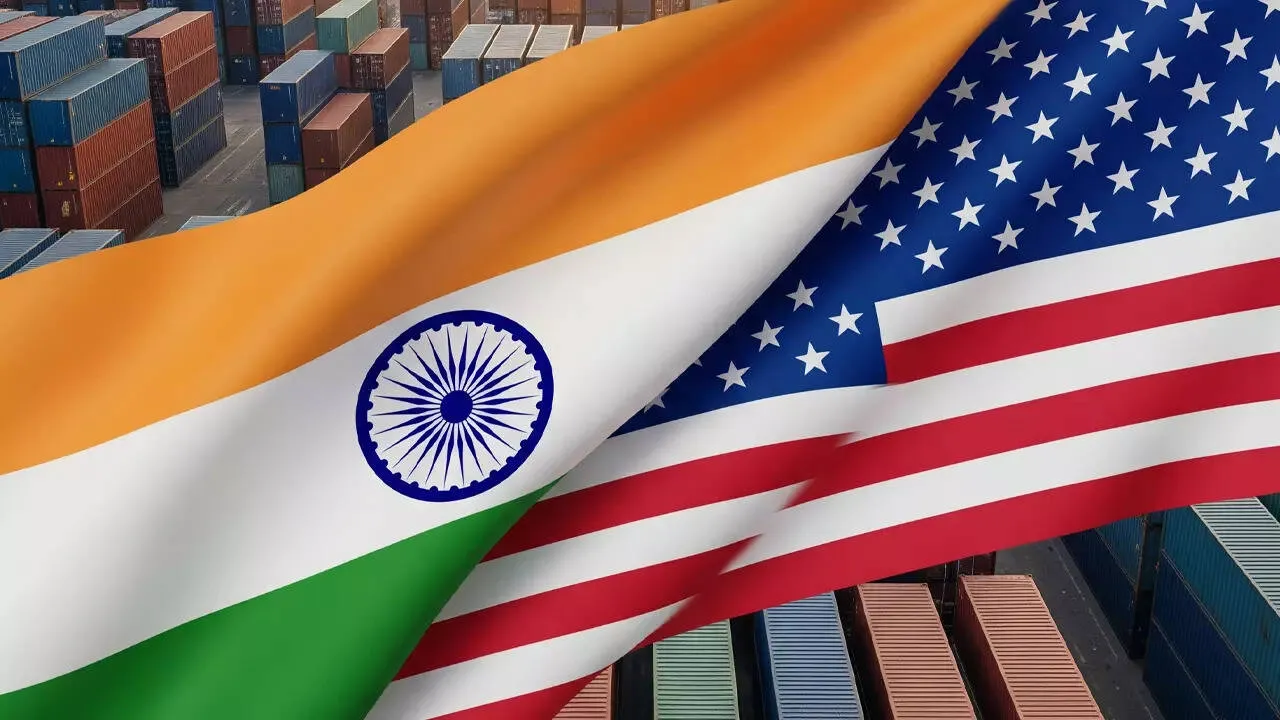
Key Elements of the India-US Trade Deal
The trade negotiations between India and the U.S. have focused on key sectors, including energy and agriculture. A major component of the deal involves reducing U.S. tariffs on Indian imports from a punitive 50%—which includes a 25% levy due to India’s Russian oil imports and an additional 25% reciprocal tariff—to a more competitive 15-16%. This reduction is expected to boost Indian exports, particularly in textiles, pharmaceuticals, and technology, which have faced significant barriers in the U.S. market.
In return, India is considering increasing its imports of non-genetically modified (non-GM) corn and soymeal from the U.S. to meet growing domestic demand in the poultry, dairy, and ethanol sectors. The current quota for non-GM maize imports from the U.S. stands at 0.5 million tonnes annually, with a 15% duty. India is exploring raising this quota while maintaining the existing duty rate, a move that could benefit American farmers and strengthen bilateral agricultural trade.
Energy Trade and Russian Oil Imports
Energy trade is a cornerstone of the proposed agreement, with the U.S. pressing India to reduce its reliance on Russian crude oil, which constitutes approximately 34% of India’s total oil imports. The U.S., which supplies about 10% of India’s oil and gas requirements by value, is seeking to expand its share of the market. President Trump has made curbing India’s Russian oil purchases a precondition for the trade deal, citing geopolitical concerns stemming from Russia’s role in the Ukraine conflict.
Indian officials have signaled a willingness to gradually scale back Russian oil imports, though they note that the U.S. has yet to match the discounts offered by Russia. State-run oil companies in India may receive informal guidance to diversify crude oil sourcing toward the U.S., potentially increasing imports of American oil and ethanol. This shift could align India’s energy strategy with U.S. interests while maintaining economic viability.
Agricultural Concessions and Market Access
India’s agricultural sector is set to play a pivotal role in the trade deal. New Delhi is considering opening its markets further to non-GM American corn and soymeal, which are critical for India’s poultry feed, dairy, and ethanol industries. While the import quota for non-GM maize is likely to increase, discussions on tariff reductions for U.S. dairy products, such as high-end cheese, remain unresolved. The U.S. has prioritized dairy market access, but India is cautious due to domestic sensitivities around dairy production.
To ensure flexibility, India is advocating for a provision in the agreement that allows periodic reviews of tariffs and market access. This clause would enable both nations to adjust trade terms based on changing economic conditions, ensuring the deal remains mutually beneficial over time.
Geopolitical Context and Russian Oil
India’s significant imports of Russian crude oil, which surged after the Ukraine conflict began in 2022 due to discounted prices, have been a point of contention in U.S.-India relations. The U.S. imposed a 25% punitive tariff on Indian exports in response, in addition to the 25% reciprocal tariffs announced in April 2025. These tariffs have strained India’s export competitiveness, making the proposed trade deal a critical opportunity to ease economic pressures.
During a recent conversation, President Trump claimed that Prime Minister Modi assured him of India’s intent to limit Russian oil purchases. However, India’s External Affairs Ministry has clarified that any reduction would be gradual and contingent on economic viability. The Modi government has emphasized that India will continue to prioritize cost-effective energy sources, even as it diversifies its oil imports to align with U.S. expectations.
Trump-Modi Discussions and ASEAN Summit
On October 21, 2025, President Trump revealed that he discussed trade and energy with Prime Minister Modi during a phone call. Speaking at a Diwali celebration in the White House, Trump emphasized the focus on trade, stating, “We had a great conversation. We talked about a lot of things, but mostly the world of trade—he is very interested in that.” He also reiterated claims that India would reduce its Russian oil imports, aligning with U.S. strategic goals.
The trade deal is expected to be formalized during a meeting between Trump and Modi at the ASEAN Summit in October 2025. This high-profile announcement could mark a significant milestone in India-U.S. relations, reinforcing economic and strategic cooperation between the two nations.
Economic Implications for India
The proposed tariff reduction to 15-16% could significantly boost India’s export sector, which has faced challenges due to high U.S. tariffs. Industries such as textiles, pharmaceuticals, and information technology are likely to benefit, as lower tariffs would enhance their competitiveness in the U.S. market. Additionally, the trade deal could attract more foreign investment to India, supporting economic growth and job creation.
However, the shift away from Russian oil poses challenges, as Russia’s discounted prices have been a key factor in India’s energy strategy. Diversifying oil imports toward the U.S. may increase costs for Indian consumers, particularly if American oil prices remain higher. The government is exploring ways to balance these costs while maintaining energy security and meeting U.S. demands.
Challenges in Finalizing the Deal
While progress has been made, several issues remain unresolved. The U.S. is pushing for greater access to India’s dairy market, particularly for high-end cheese, but domestic sensitivities in India’s dairy sector have complicated negotiations. Similarly, tariff reductions for other agricultural products are still under discussion, with both sides seeking a balanced agreement that addresses their respective priorities.
The inclusion of a periodic review mechanism is a key demand from India, as it would allow flexibility in adjusting trade terms. This provision could help address unforeseen challenges, such as fluctuations in global oil prices or changes in domestic demand, ensuring the long-term sustainability of the trade deal.
Strategic and Diplomatic Significance
The trade deal represents a strategic alignment between India and the U.S., particularly in the context of global geopolitical shifts. By reducing reliance on Russian oil, India is signaling a willingness to strengthen ties with the U.S. while navigating complex international relations. The agreement could also enhance India’s role in global supply chains, positioning it as a key partner in the Indo-Pacific region.
Diplomatically, the deal underscores the deepening partnership between New Delhi and Washington. The personal engagement between Trump and Modi, coupled with high-level discussions at the ASEAN Summit, highlights the commitment of both nations to fostering economic cooperation and addressing shared challenges, such as energy security and global trade dynamics.
Future Prospects and Global Impact
The India-U.S. trade deal has the potential to reshape global trade patterns, particularly in the energy and agricultural sectors. By increasing U.S. exports of oil, corn, and soymeal to India, the deal could strengthen American agricultural and energy industries while providing India with diversified supply chains. The reduction in tariffs could also set a precedent for future trade agreements, encouraging other nations to pursue similar bilateral arrangements.
For India, the deal offers an opportunity to enhance its economic resilience and reduce dependence on volatile global markets. By aligning with the U.S., India can also strengthen its position in international forums, such as the ASEAN Summit, where trade and energy cooperation are key discussion points. The successful finalization of this agreement could pave the way for deeper collaboration in technology, defense, and renewable energy.
Comment / Reply From
No comments yet. Be the first to comment!
